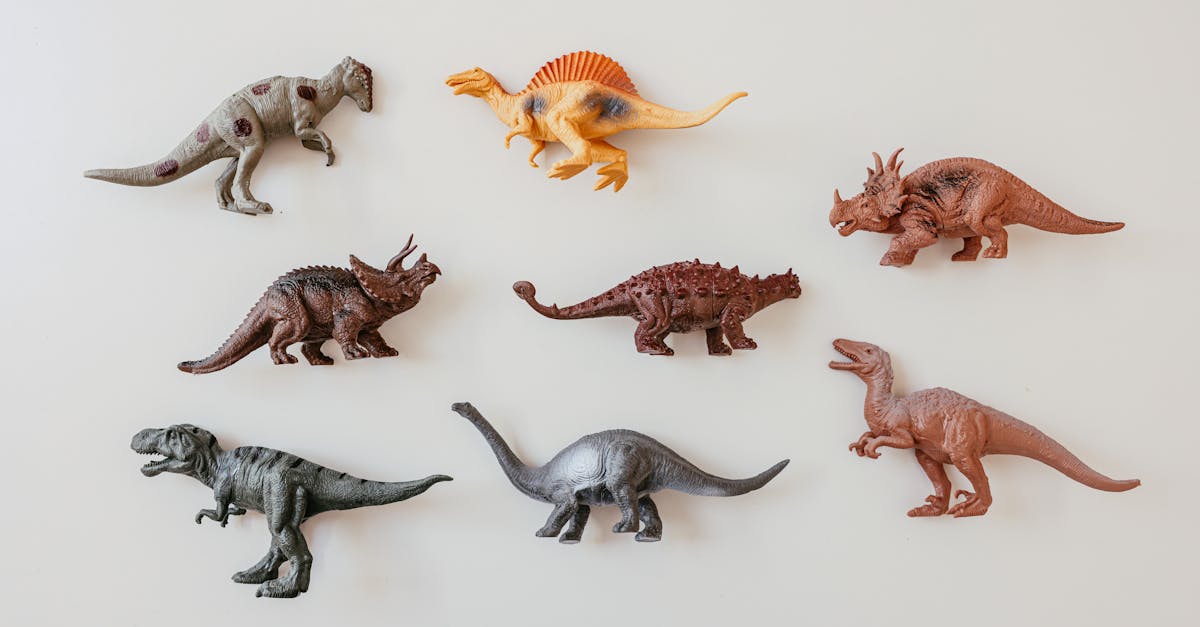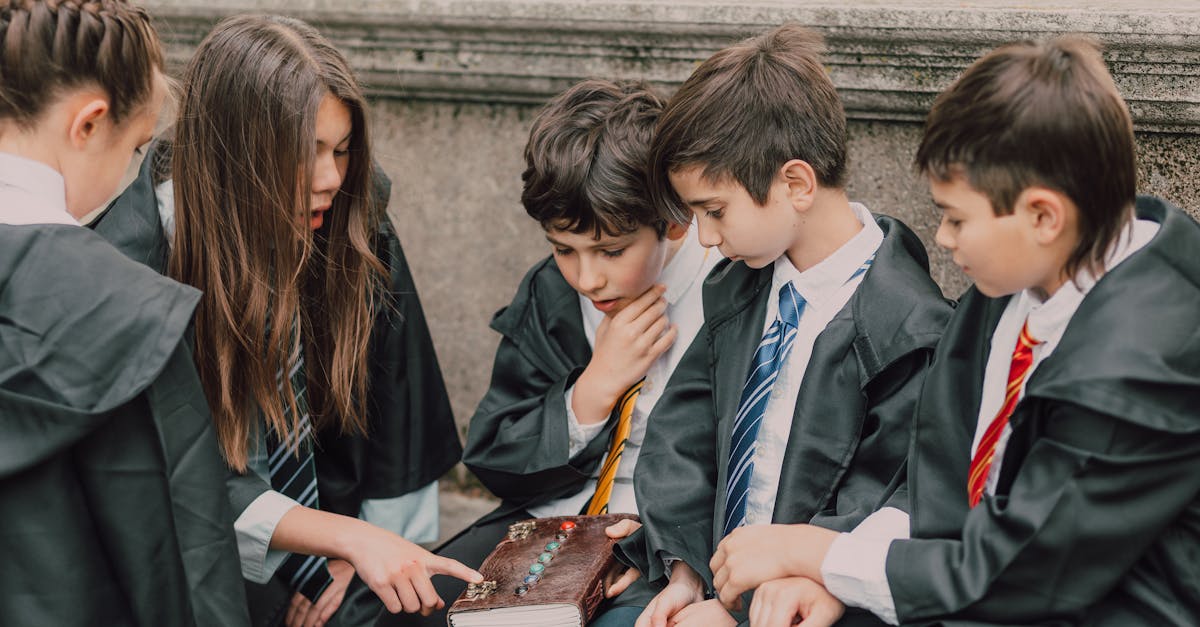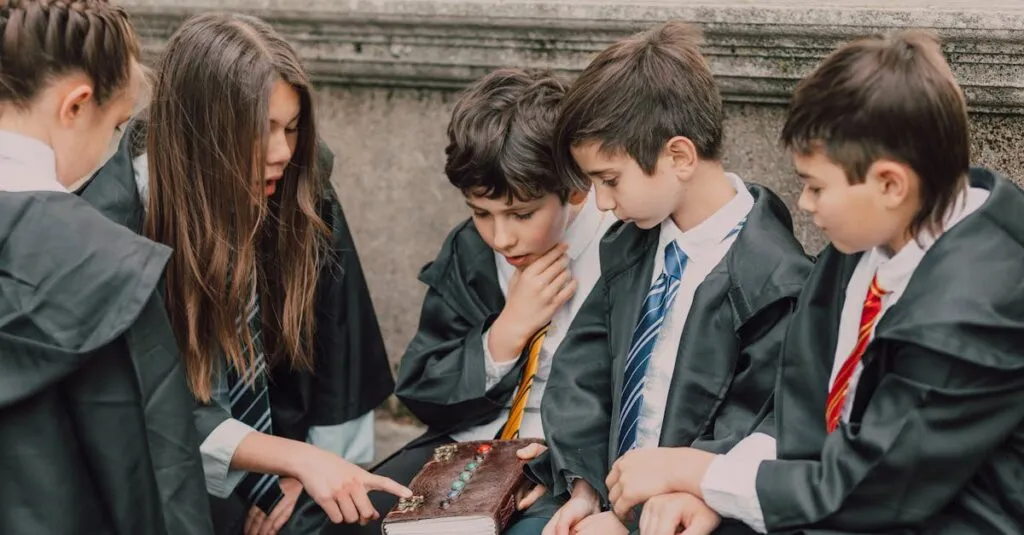Choosing Museums Kids Will Love
Choosing the perfect museum for your little ones can be a daunting task! Just like picking the right ice cream flavor—so many choices and so little napkins. When deciding, consider what your child finds fascinating.
If they love stories, a history museum might be the way to go. If art makes their tiny heart beat faster, find museums that showcase vibrant exhibits. Recall the day I took my son to an art museum—his version of ‘The Scream’ drawing remains a masterpiece on our fridge.
Each museum type speaks differently to children, encouraging curiosity and learning along the way. So make sure to focus on their interests when choosing a museum.

Here are some tips on how to choose the right museum:
- Consider your child’s interests
- Look for interactive exhibits
- Check the age-appropriateness of the museum
- Read reviews and ratings from other parents
- Plan a short visit to avoid overwhelm
The Magic of Science Museums
Science museums are like giant playgrounds where learning does somersaults. They provide interactive exhibits where kids can touch, play, and experiment. These museums cleverly disguise knowledge as fun!
I remember one winter season, my daughter built a snowflake with gears and levers—she was ecstatic. I loved watching the gears in her brain turn! Such experiences make science approachable, showing kids the wonders of our world from atoms to galaxies.
Science museums plant seeds of curiosity that grow strong. For an extra dose of family bonding, try decoding the mysteries of the universe together! Your children will thank you, and you might even learn something new yourself.

Key Takeaways:
- Interactive exhibits make learning fun.
- Science museums nurture curiosity in children.
- Family bonding can enhance the learning experience.
Art Museums for Budding Creatives
Art museums are not just for adults with elaborate thoughts, you know! These attractions can be a treasure trove for young imaginations. Many host special workshops that encourage children to engage and create. If you’ve ever tried drawing alongside a five-year-old Picasso, you know what I mean—it’s a humbling experience.
These museums often offer sections where kids can not only see art but also be part of it. Next time you visit an art museum, try the crafts area.
Art is a fantastic way for children to express themselves, cultivate patience, and develop a keen sense of beauty. Remember, a doodle today could be a masterpiece tomorrow.

History Museums: Time Travel for Kids
History museums are like stepping into a time machine, right out of ‘Back to the Future’, minus the flux capacitor! Kids can walk through the lives of dinosaurs, ancient civilizations, and historical events.
One visit to a Viking exhibition had my son dressed as Ragnar for weeks—wooden sword and all. These museums often provide hands-on activities like:
- Sword forging
- Pottery spinning
These experiences make history tangible to little learners. And let’s be honest, anything involving dinosaurs is a win with kids!
History, when experienced, becomes more than just dates and names—it becomes a living story. Encourage your kids to understand where we come from.

Cultural Museums: Bridging Worlds
Cultural museums open gates to diverse traditions around the world, perfect for the little globetrotter. They offer immersive and often interactive experiences that engage kids with different languages, customs, and arts. I remember visiting a local cultural museum with mini-tacos—my daughter glued herself to the smorgasbord.
These museums foster respect and understanding, crucial qualities in today’s interconnected world. Bring the world to your child through a museum visit and watch as they develop empathy and a genuine curiosity for other cultures. Plus, who doesn’t love learning while tasting new foods? Cultural museums make it fun to walk through countries.

In summary, cultural museums are not just places to observe; they are:
- Engaging: They provide a hands-on approach to learning that captivates young minds.
- Diverse: Exposing children to various customs and traditions helps build a sense of global citizenship.
- Fun: With opportunities to taste new foods and participate in activities, they make learning enjoyable.
Make it a goal to explore cultural museums with your children and enhance their understanding of the world!
Interactive Play Museum Picks
Interactive play museums redefine what it means to ‘touch the arts.’ These settings encourage exploration as kids run wild within the exhibit structures. Picture giant water blocks or sand slides under the guise of an educational platform. I still reminisce about the laughter from the bubble-making workshops with my kids.
These museums are especially great for young children as playing equals learning. Sometimes, the best education is letting them loose in a controlled environment. They’ll learn critical thinking as they:
- Collaborate with new friends
- Tackle problem-solving challenges
- Create their own narrative stories
Every adventure holds educational value.

Tips for a Stress-Free Museum Visit
Visiting museums doesn’t have to be more challenging than solving a Rubik’s Cube! Start by planning the night before: pack snacks, check museum rules, and talk about expected behavior. We once forgot snacks—an age-old rookie mistake resulting in a grumbling posse by midday.
Take it slow and keep the visit short but sweet, focusing on quality over quantity. Encourage questions and discussions about what they see. Engage with fellow museum-goers for shared experiences.
A family visit to a museum, with just a smidge of planning, becomes a day filled with discovery and delight. Remember, even a quiet corner for reflection is invaluable to parents and children alike.

Key Takeaways:
- Plan ahead by packing snacks and reviewing museum rules.
- Keep the visit short and focused on quality.
- Encourage engaging discussions about exhibits.
- Enjoy connections with other guests and shared experiences.
- Make time for quiet reflection during the visit.
